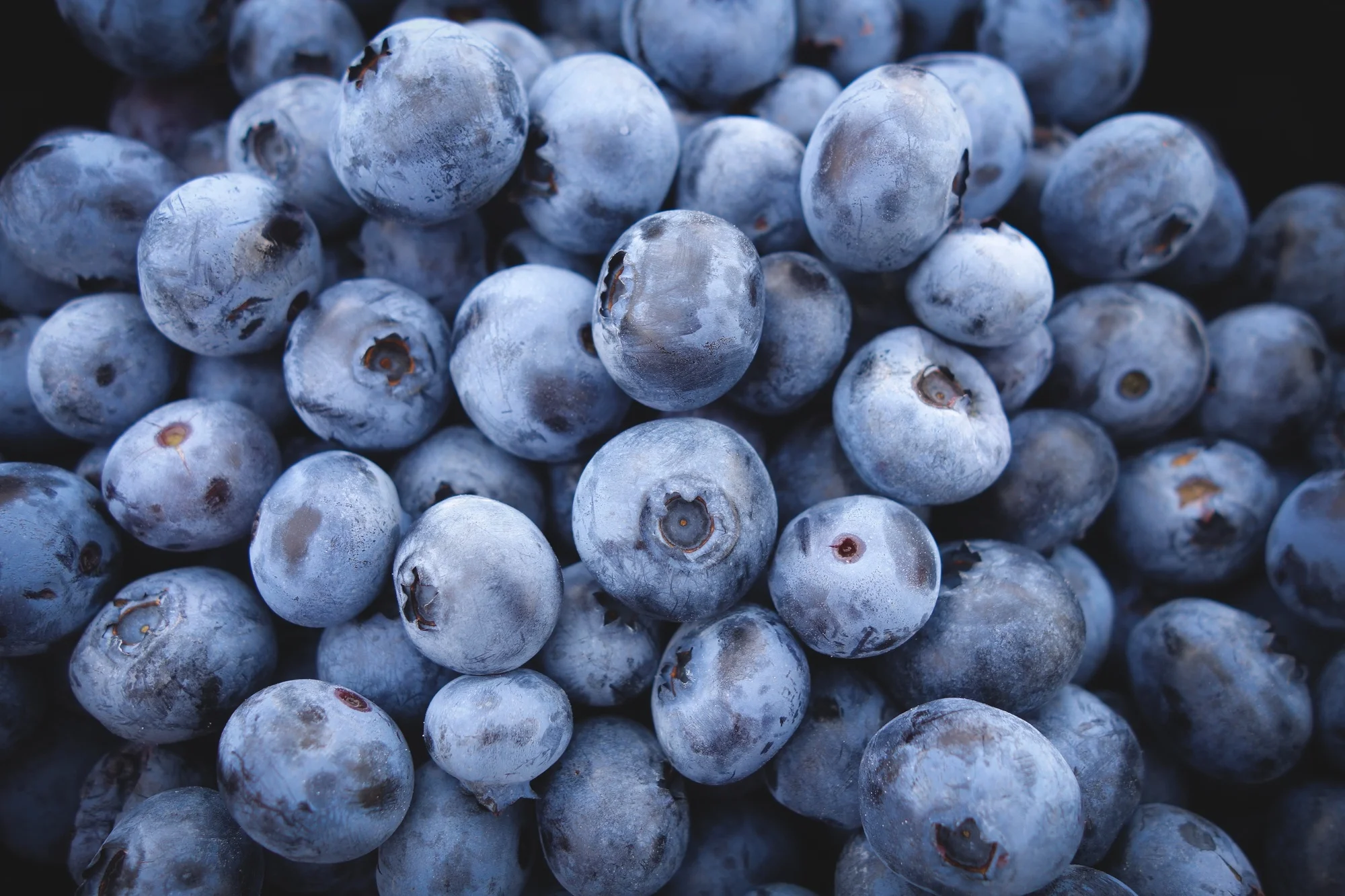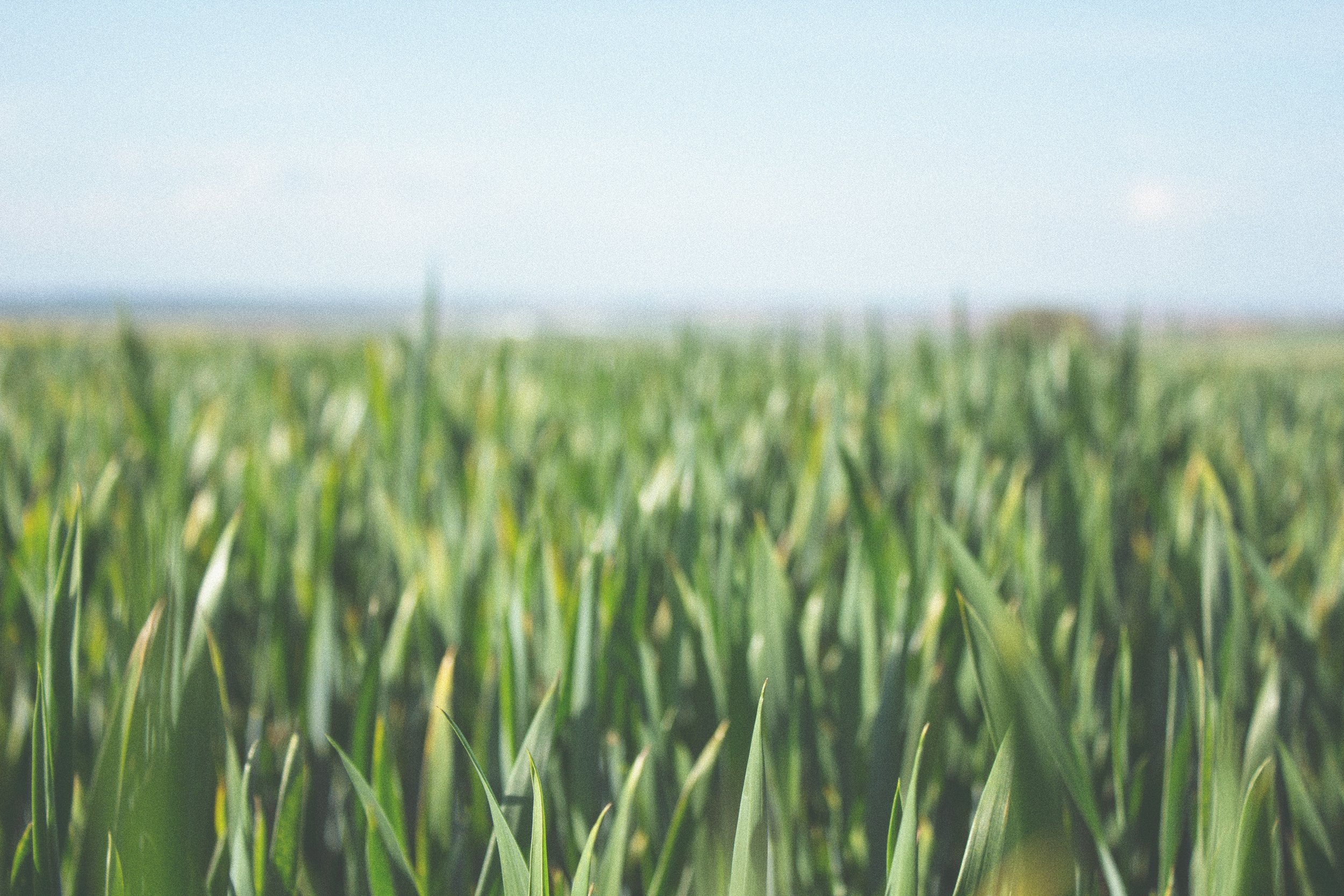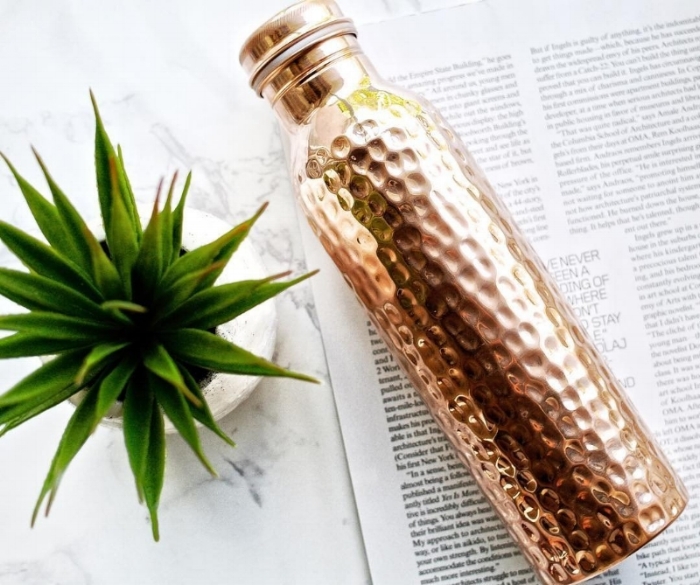8 Ways You Can Reduce Kitchen Waste and Why It Matters
/A recent article in the NY Times got me thinking. I’ve always been a big recycler. Or rather, I *thought* I was a big recycler. It turns out I’m an “aspirational recycler”. Throwing out recycling makes me feel good about myself, which means I’ll throw out things that are questionable, or dirty and think, “Eh, the city will pull out things they can’t use” or “Well this plastic bag SHOULD be recyclable, dammit!” and I put it in the bin as a micro form of protest.
I had no idea that these habits can actually make a batch of recycling so undesirable that it could be sent straight to a landfill. Many of us are simply unaware of where our trash goes when it’s zipped away from the curb and we’re okay with that. Someone else will figure it out, right?
It turns out that a 1/3rd of recycling is shipped out of our country to be recycled. Crazy right? Due to a recent ban in China, now half of that recycling has nowhere to go, leading cities to be forced to either store recyclables while they figure it out or to dump them into landfills.
With that article looming in my mind, I started to think about food packaging. It’s ubiquitous and we’ve all seen ridiculous examples of wasteful packaging. (If you haven’t check out this hilarious yet completely depressing buzzfeed.)
While there’s tons of packaging we throw away each day, food packaging makes up a huge chunk of it. About 2/3rds of our daily trash comes just from prepping three meals a day and maybe a few snacks. With such a large portion of trash coming from the kitchen, we have the opportunity to make a huge impact by looking at how we prepare our food.
As you may have noticed, I’m a big fan of starting with small changes that we can build on to create lasting change. Just like how we can get used to portion sizes sneaking up on us, we can also get used to other unhealthy habits too. Check out a few ideas below on how you can reduce your waste, a little bit at a time.
1. Bring Your Own Bags:
This one is a simple one (but one I’ll admit I forget to do all the time.) While plastic bags can be recycled, they require a different type of processing. Don’t chuck them in your normal recycling, as these flimsy things can gunk up recycling machinery. (Oops.) Many grocery stores offer collections for them outside.
But even better than recycling, try bringing your own. While a plastic bag seems like a small thing to throw away, most plastic bags end up in the trash, or worse, blow out into the ocean where animals eat them.
For day to day shopping, stash a few strong tote bags in the back of your car that will fold up when they’re not needed. For bulk shopping, I like to bring heavy duty collapsible plastic crates. For on the go, quick surprise trips, stash a tiny bag that rolls up into your purse or briefcase. One way to never forget - this little bag connects to your keychain.
2. Buy A Reusable Water Bottle:
In 2016, the average American used 167 disposable water bottles but only recycled 38. That’s a lot of bottles ending up in the landfill! Waste aside, bottled water is expensive compared to tap, and it’s tested once a week versus the once a day testing of local tap water. If you hate the taste of tap, using a pitcher with a filter or installing a filter on your tap will cost far less in the long run than buying bottles.
Not only is quitting plastic bottles good for the earth, it’s good for you too. If you’re toting a water bottle around you’ll be way more likely to drink more water, plus a stainless steel water bottle or glass water bottle will keep drinking water pure and free of chemicals that leach from plastics.
My favorite is the 32 ounce hydroflask, which keeps cold water cold and warm water warm and only needs to be refilled twice a day to get all your daily water needs. Other steel water bottles I’ve tried have gotten dented way too quickly. Bonus: stainless steel water bottles are recyclable! If you want a bottle that’s a little (a lot) lighter, I recommend the Camelbak which is BPA free and has a decent warranty.
3. Bring Your Own Shopping Containers:
While this may sound like a lot of work, it really doesn’t have to be. Loads of great products have come out to make this task easy peasy, like these reusable mesh bags for produce. You can also try bringing glass containers with a strong lid to keep things safe while you bring them home. While you may get some odd looks at first, the meat, deli, or fish counter is a great place to start with this. Ask them to tare (zero out the scale) before adding the food and you’re good to go. It’s that simple! If you’re bringing containers and filling them yourself, check out this great article here by “Wild Minimalist” on how to tare your own jars.
4. Try Alternative Food Wraps:
Plastic wraps so much of our food, and most of it is single use and not recyclable. Before you reach for a ziplock, would a small reusable glass pyrex work just as well? Also consider mason jars, which are waste free and also instagram ready. Try wrapping sandwiches in wax paper or parchment instead of baggies. Need to wrap something up and you really, really need plastic wrap? Try out Bee’s wrap, which is muslin coated in beeswax which can be reused - plus it has antimicrobial properties to keep food fresh too!
5. Shop the Bulk Section:
(And see: bring your own food containers.) We’ve been building up to this. You’ve already got your totes filled with mesh bags and maybe a few glass containers. It’s time to head over to the bulk section!
While these can be hard to find, you can get great staples at much lower prices. Bulk sections can usually be found at your local natural food store and Whole Foods. This site also has a great bulk store finder.
6. Shop Your Local Farmers Market:
Farmer’s markets are a great place to find food that isn’t already wrapped in tons of plastic. Food is fresh, local, more flavorful, and you’re supporting your neighbors. Plus many farmers markets will take back containers for reuse. Check out this USDA site to find a farmers market near you.
7. Vote with Your Wallet:
Some packaging is more environmentally friendly than others. Some materials can be endlessly recycled, like glass, steel, aluminum and copper. Paper can be recycled about 5 - 7 times. So you can still purchase items at the store, like glass and canned goods, and know they will be recycled and used again.
The real problem? Plastic. While I personally have always bought many products in plastic (lots and lots of plastic) I only recently discovered that plastic can usually only be recycled once. Many recycled plastics are downcycled into non recyclable plastics, like clothing and plastic lumber, which all eventually end up in the landfill or the ocean. Try to buy what you can in non-plastic containers, fill what you can in your own containers, and remember that many things wrapped in plastic in those center aisles of the grocery store aren’t the best for you anyway.
8. Reduce Food Waste:
This topic needs its own post, but it goes without saying that throwing out food waste is another way we add to landfills. Per the USDA, 30-40% of the food produced in America ends up wasted. The labor, resources and energy that go into the production of this wasted food has an environmental cost and as food rots this also quickly produces methane, making landfills the third largest source of methane in the United States. “Ugly” fruits and veggies - ones that don’t quite look exactly perfect but are still nutritionally the same - also are frequently thrown away.
Some ways you can reduce food waste are to buy only the quantities that you need, donate what you can spare to food banks and pantries, and “recycle” food by making a soup, feeding it to your pets, or composting and fertilizing your garden.
Remember, like all good habits you can start slow. Maybe try bringing a tote shopping this week or seeing where you can stash one in your car. Try out a reusable bottle. What do you think you can try this week? Have any other ideas? Share them below so we can all benefit!
*Anything purchased through Amazon from my site will give me a small commission, which helps with the running of this site and the creation of future materials.





